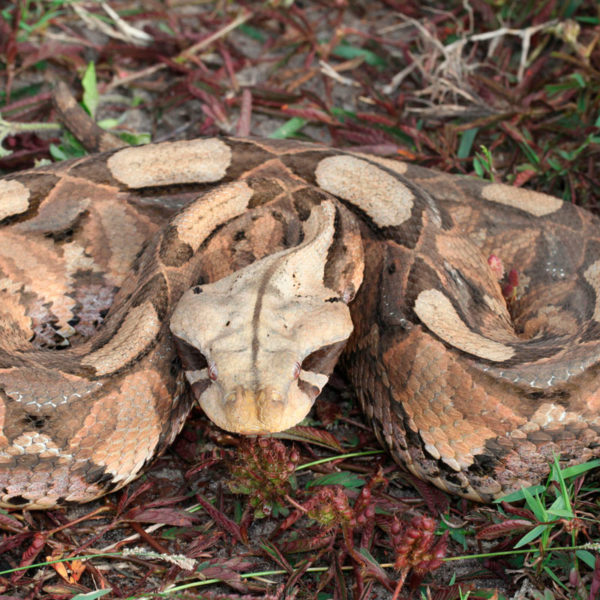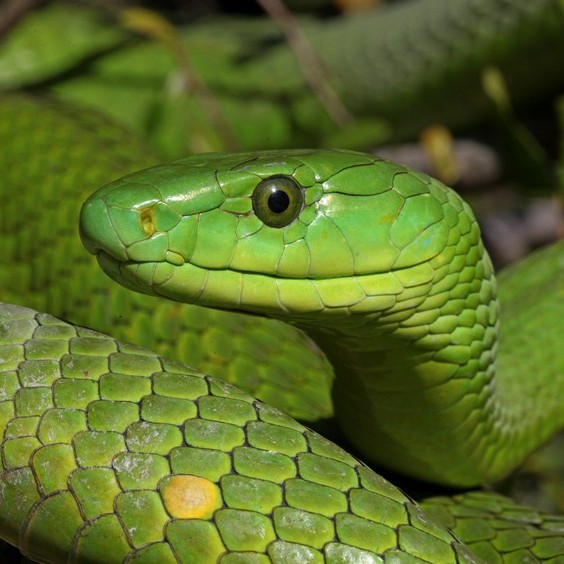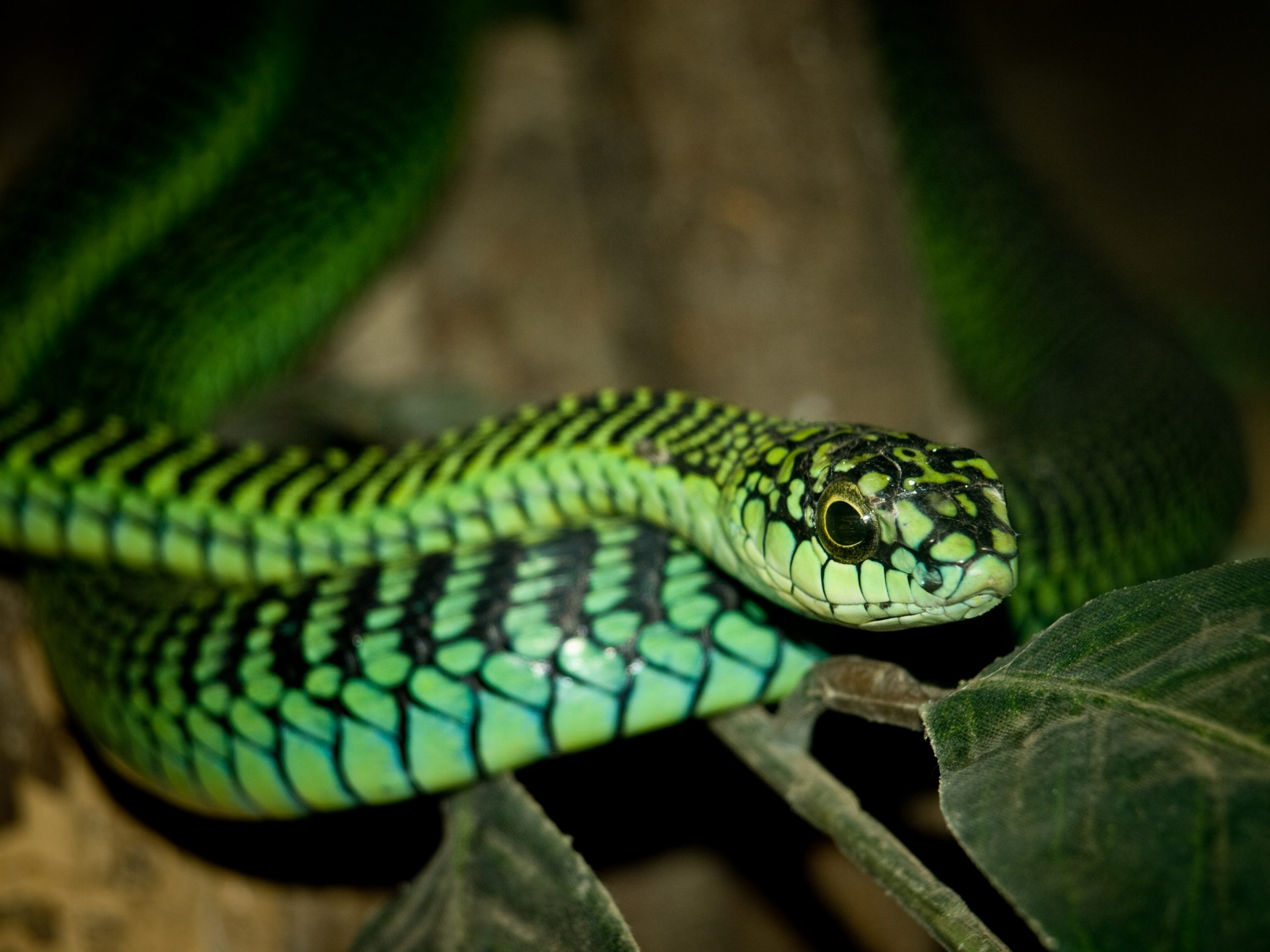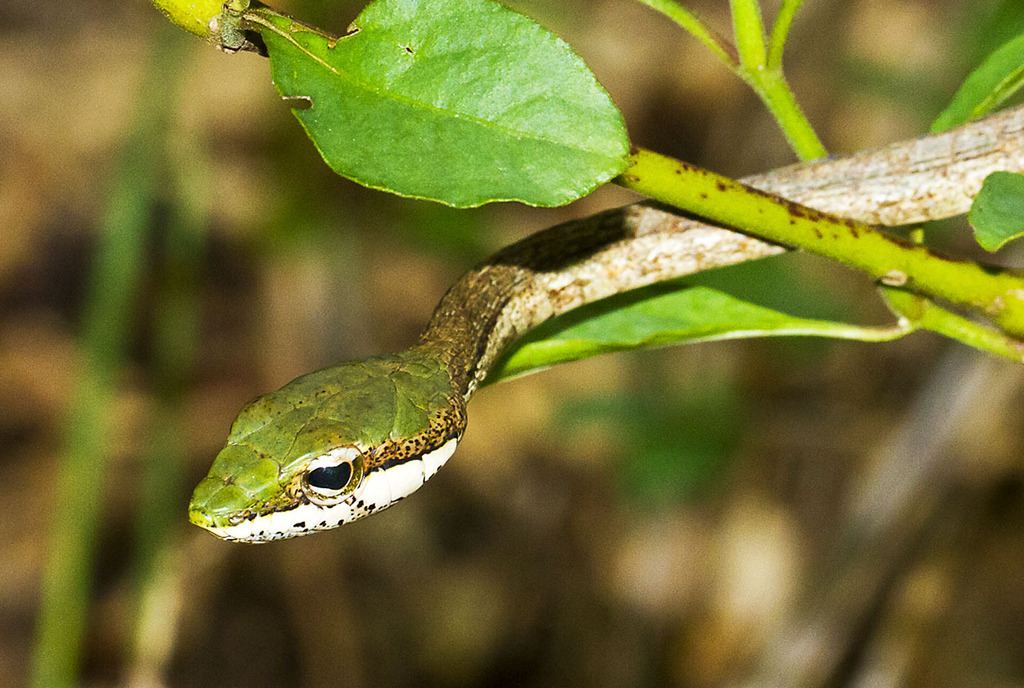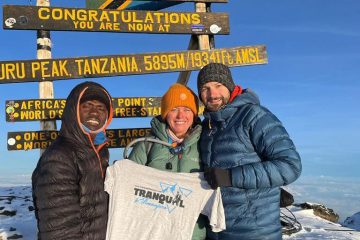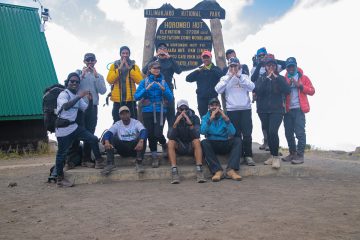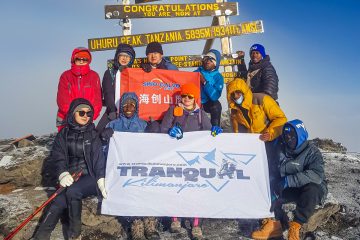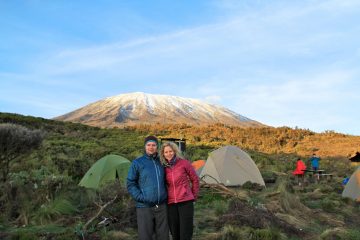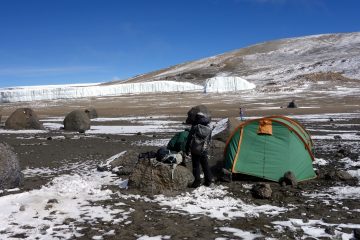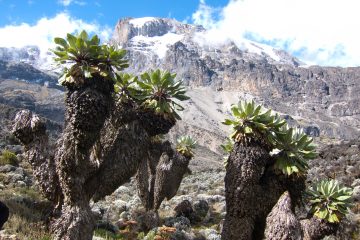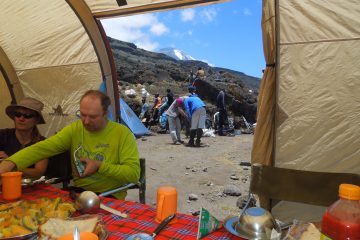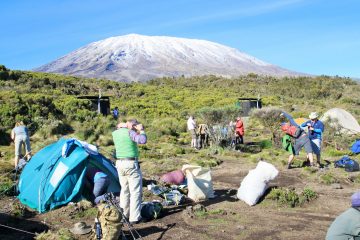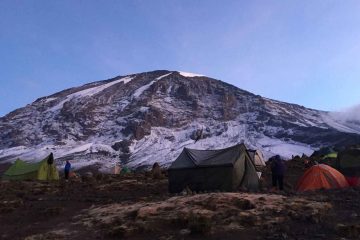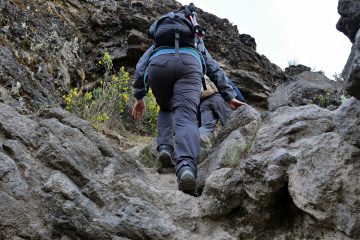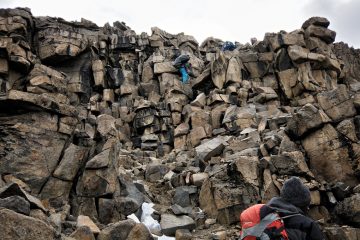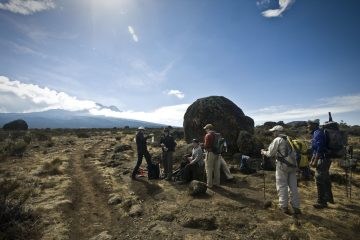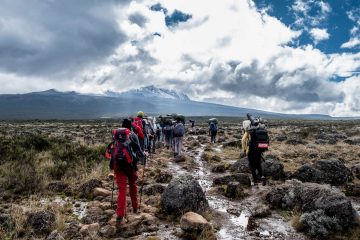Are there snakes on Mount Kilimanjaro?
Yes, though very rare, there have been a few sightings of snakes on Mount Kilimanjaro and its vicinity.
Since the trails leading to the summit are much frequented by climbers, snakes do not expose themselves because they are sensitive to movement. It is almost impossible to spot snakes on the mountain also bearing in mind that the upper attitudes bear harsh conditions such that they cannot support animal life.
Chances are, even the most experienced guides that trod the Kilimanjaro trails every now and then, have never seen snakes on the mountain with their naked eyes.
The base of the mountain, the rainforest zone in particular, is home to a few snake species like the Gabon, Green Mamba, Boomslang, and the Twig Snake.
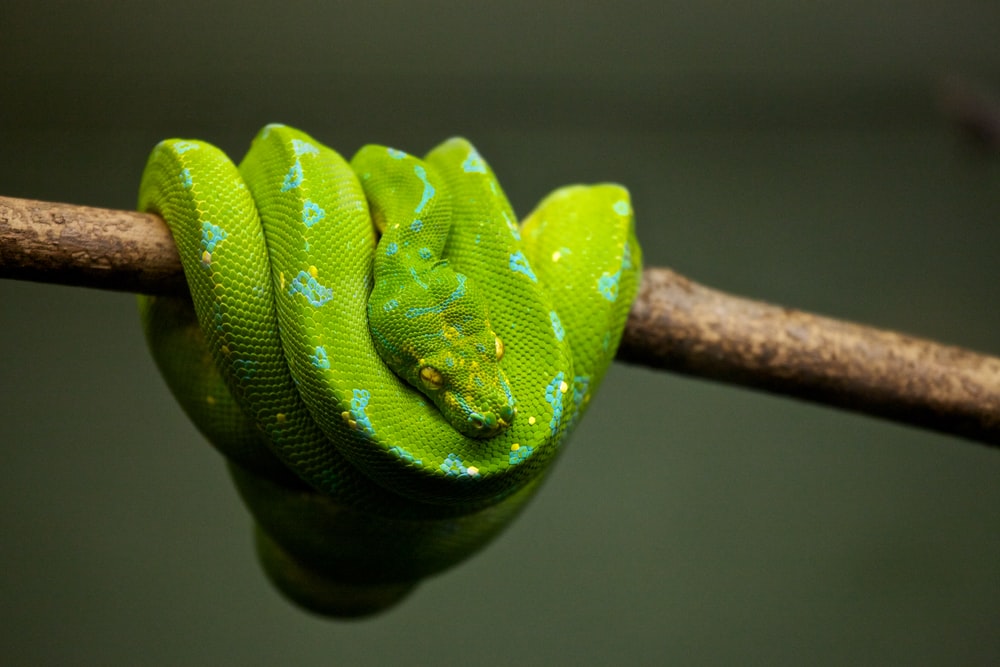 Below are some of the recorded species of snakes found on and around Mount Kilimanjaro in Tanzania.
Below are some of the recorded species of snakes found on and around Mount Kilimanjaro in Tanzania.


